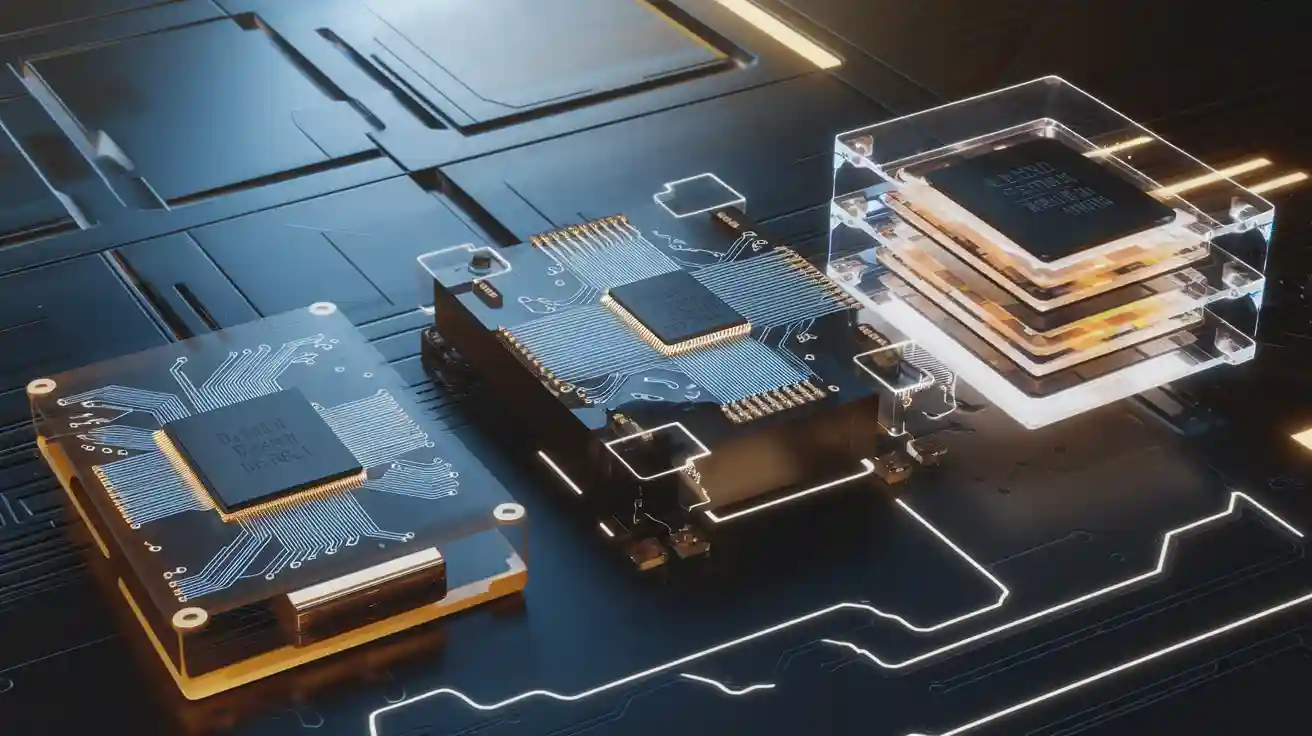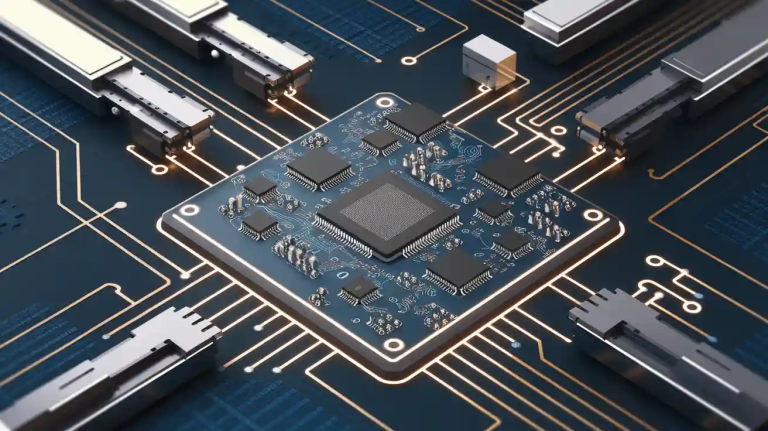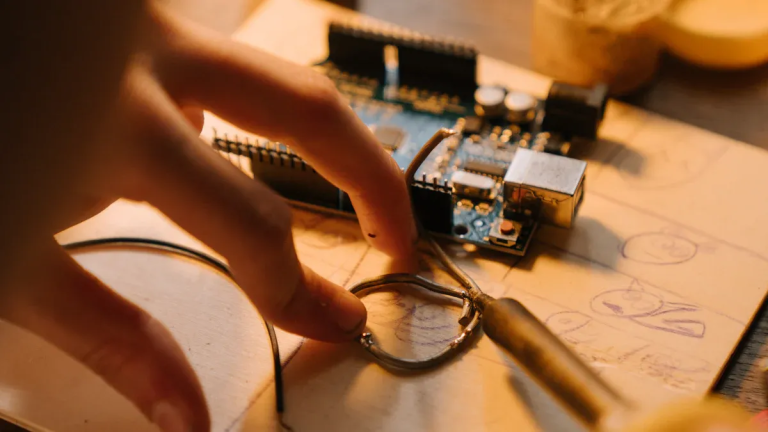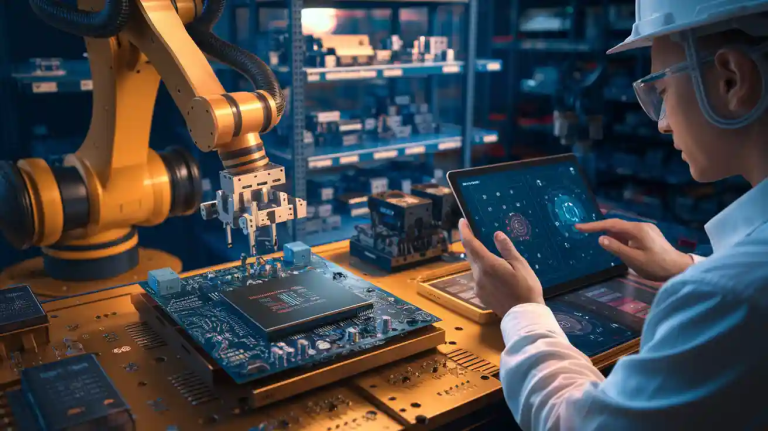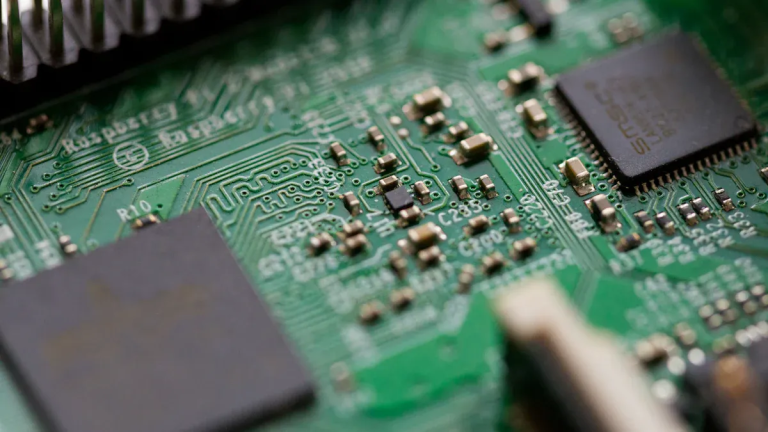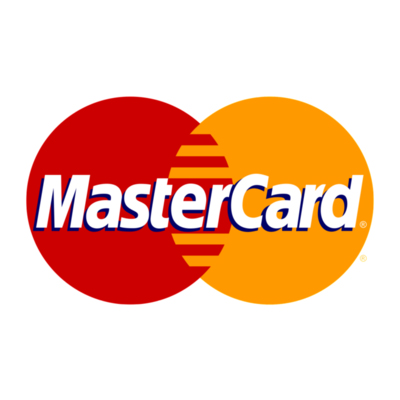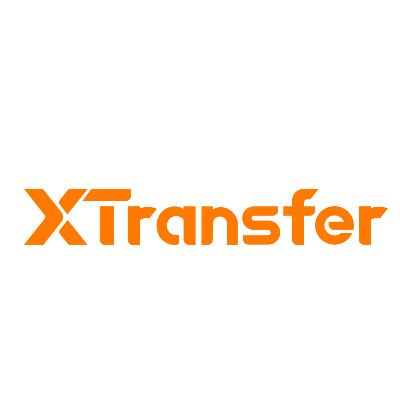Printed circuit boards (PCBs) serve as the backbone of modern electronics, with single-sided, double-sided, and multilayer designs catering to diverse technological needs. A single-sided PCB features components and conductive pathways on one side, while a double-sided PCB utilizes both sides for enhanced connectivity. Multilayer PCBs, with multiple stacked layers, excel in advanced applications demanding high performance and compact designs. Industries like automotive, telecommunications, and aerospace rely heavily on these PCBs to support innovations such as electric vehicles, 5G networks, and military-grade systems. Understanding their distinctions ensures you select the optimal PCB for your specific application.
Key Takeaways
- Single-sided PCBs are cheap and simple, good for basic gadgets but not for complex ones.
- Double-sided PCBs are more useful. They have parts on both sides, making them work better for harder tasks.
- Multilayer PCBs are great for advanced uses. They fit many circuits in small spaces but cost more to make.
- When picking a PCB, think about how hard the circuit is, how many parts it needs, and your budget.
- Look at what your project needs to pick the best PCB. Balance the cost and how well it works for the best choice.
Overview of PCB Types
Printed circuit boards (PCBs) come in various types, each designed to meet specific application needs. Understanding the differences between single-sided, double-sided, and multilayer PCBs helps you make informed decisions for your projects.
Single-Sided PCBs
A single-sided PCB is the simplest type of printed circuit board. It features components and conductive pathways on one side only. These boards are ideal for low-density circuits and straightforward designs. Their simplicity makes them cost-effective and easy to manufacture, which is why they are commonly used in calculators, radios, and LED lighting systems.
| Characteristic | Description |
|---|---|
| Simplicity in Design | Components are mounted on one side, ideal for low-density circuits. |
| Cost-Effectiveness | Lower manufacturing costs compared to multilayer PCBs. |
| Lower Component Integration | Limited number of components due to single conductive layer. |
| Trace Routing Limitations | Constrained routing channels can lead to signal interference. |
However, single-sided boards have limitations. They cannot accommodate high component density or complex routing, making them unsuitable for advanced applications requiring high performance.
Double-Sided PCBs
Double-sided PCBs offer more flexibility than single-sided boards. They feature conductive pathways on both sides, allowing components to be mounted on either side. This design increases the board’s capacity and functionality, making it suitable for more complex circuits.
Applications for double-sided PCBs include mobile phones, printers, and industrial control systems. These boards undergo rigorous quality assurance processes, including signal performance and heat resistance tests, to ensure reliability.
| Control Mechanism | Description |
|---|---|
| Prevention Mechanism | Involves engineering design, manufacturing process, and QC management to ensure high reliability. |
| Process Management | Includes quality and product safety systems, engineering design specifications, and material selection. |
| Quality Assurance Inspection | Focuses on quality yield, reliability, consistency, and average trouble-free usage time. |
Double-sided PCBs strike a balance between cost and complexity, making them a versatile choice for many applications.
Multilayer PCBs
Multilayer PCBs are the pinnacle of PCB design. They consist of multiple layers of conductive material stacked together, separated by insulating layers. This structure allows for high component density and advanced functionality, making them indispensable in modern electronics.
Applications for multilayer PCBs include computers, smartphones, medical devices, and aerospace systems. These boards excel in high-speed data transmission, thermal management, and power distribution. Their compact size and lightweight design make them ideal for advanced applications where space is limited.
- Reduced PCB Size: Utilizes vertical space, significantly reducing the overall footprint.
- Enhanced Power Distribution: Dedicated planes ensure efficient power management.
- High Quality and Density: Increases routing density and connection quality.
However, multilayer PCBs are more expensive and complex to manufacture. They require advanced techniques and stringent quality control to ensure performance and reliability.
PCB Factory Machine Scene Diagram
A glimpse into the advanced machinery used in PCB manufacturing.
By understanding the unique features and applications of each PCB type, you can select the most suitable option for your project.
Comparative Analysis of PCBs
Performance and Functionality
The performance of a printed circuit board depends on its design and application. Single-sided PCBs are suitable for basic electronics due to their simplicity. However, their single conductive layer limits circuit density and functionality. Double-sided PCBs improve upon this by allowing components on both sides, enabling more complex circuits and better signal routing.
Multilayer PCBs, on the other hand, offer unparalleled performance for advanced applications. Their multi-layer structure supports high circuit density, enhanced signal integrity, and optimized thermal management. These features make them ideal for high-speed data transmission and heat dissipation in devices like smartphones, medical equipment, and aerospace systems.
Tip: Multilayer PCB design reduces electromagnetic interference, ensuring reliable performance in high-frequency applications.
Cost and Manufacturing Complexity
The cost and complexity of PCB manufacturing vary significantly across types. Single-sided PCBs are the simplest and most affordable to produce, making them ideal for low-cost applications. Double-sided PCBs require more intricate processes, such as through-hole plating, which increases their cost but also enhances their functionality.
Multilayer PCB manufacturing is the most complex. It involves precision alignment, lamination, and stringent quality control. The use of additional materials, such as multiple copper layers and insulation, further raises costs. For example:
| PCB Type | Complexity | Cost Factor | Typical Applications |
|---|---|---|---|
| Single-Sided | Simplest | Lowest | Basic electronics, simple circuits, low-density devices |
| Double-Sided | Moderate | Medium | Intermediate complexity devices, industrial systems |
| Multi-Layer (4-16) | Complex | High | Advanced electronics, computer motherboards, medical devices |
| Multi-Layer (16+ Layers) | Highly Complex | Very High | Aerospace, server hardware, high-speed digital design |
Suitability for Advanced Applications
When selecting a PCB for advanced applications, you must consider the specific requirements of your project. Single-sided boards are unsuitable for high-performance needs due to their limited functionality. Double-sided PCBs provide a balance between cost and complexity, making them a versatile choice for mid-range applications.
Multilayer PCBs excel in advanced applications requiring compact designs, high-speed performance, and efficient power distribution. Their advantages include higher component density, improved signal integrity, and increased design flexibility. These features make them indispensable in industries like telecommunications, automotive, and aerospace.
Note: While multilayer PCBs offer significant advantages, their disadvantages include higher costs and longer production times. Evaluate your project’s budget and timeline before deciding.
Advantages and Disadvantages of PCBs
Single-Sided PCBs
Single-sided PCBs are the simplest type of printed circuit board. They are cost-effective and easy to manufacture, making them ideal for basic applications. These boards are commonly used in consumer devices, educational kits, and industrial controls. Their straightforward design ensures shorter lead times, which is advantageous for mass production.
Advantages:
- Lower manufacturing costs compared to other PCB types.
- Suitable for simple applications like LED circuits and basic hobby electronics.
- Faster production due to reduced complexity.
Disadvantages:
- Limited component density and design complexity.
- Unsuitable for advanced applications requiring high performance.
Single-sided boards work best for low-component designs where cost is critical. However, their limitations in routing and functionality restrict their use in modern, high-tech devices.
Double-Sided PCBs
Double-sided PCBs offer greater flexibility than single-sided boards. They allow components to be mounted on both sides, enabling higher circuit density and more complex designs. These boards are widely used in telecommunications, medical devices, and consumer electronics.
Advantages:
- Increased interconnection density for complex circuitry.
- More cost-effective than using multiple single-sided boards.
- Ideal for applications where size and weight are critical.
Disadvantages:
- Requires careful layout during manufacturing to avoid signal interference.
- Potential for electromagnetic interference (EMI) affecting signal integrity.
Double-sided boards strike a balance between cost and functionality. They are versatile and suitable for mid-range applications requiring moderate complexity.
Multilayer PCBs
Multilayer PCBs represent the pinnacle of PCB design. They consist of multiple conductive layers separated by insulating materials, allowing for compact and high-performance designs. These boards are essential in industries like telecommunications, automotive, and aerospace.
| Advantages of Multilayer PCBs | Disadvantages of Multilayer PCBs |
|---|---|
| Higher assembly density | Higher cost |
| Smaller size | Complicated production |
| Lighter weight | Limited availability |
| Enhanced design functionality | N/A |
Multilayer PCBs excel in advanced applications requiring high-speed performance and efficient power distribution. For example, in automotive and aerospace sectors, they ensure reliability under harsh conditions. However, multilayer PCB manufacturing involves complex processes, which increases costs and production time.
Tip: Multilayer PCBs are ideal for applications where space is limited, but performance cannot be compromised.
By understanding the advantages and disadvantages of each PCB type, you can make informed decisions tailored to your project’s needs.
Selecting the Right PCB for Advanced Applications
Key Factors to Consider
Choosing the right PCB for advanced applications involves evaluating several critical factors. Each project has unique requirements, and understanding these criteria ensures optimal performance and cost-effectiveness.
| Criteria | Description |
|---|---|
| Circuit Complexity | Determines if a design can fit on fewer layers without compromising performance. |
| Component Density | Higher density is achievable with multi-layer PCBs, essential for compact designs. |
| Signal Integrity Requirements | Multi-layer PCBs provide dedicated planes for improved signal integrity. |
| EMI Considerations | Important for ensuring minimal interference in sensitive applications. |
| Size Constraints | Physical dimensions that the PCB must adhere to for the application. |
| Budget | Cost implications of different PCB types, with double-sided generally being cheaper. |
| Production Volume | The impact of production scale on cost-effectiveness of PCB types. |
| Time to Market | The urgency of project timelines affecting PCB selection. |
When evaluating these factors, consider the complexity of your circuit and the density of components required. Multi-layer PCBs excel in compact designs and high-performance applications, while single-sided boards are better suited for simpler projects. Signal integrity and EMI considerations are crucial for applications like telecommunications and aerospace, where reliability is paramount. Budget and production volume also play a significant role, especially for large-scale manufacturing.
For advanced designs, technical benchmarks such as bend radius and material flexibility are equally important. For example:
- Base material type and its flexibility influence the durability of the PCB.
- Copper type and thickness impact conductivity and elongation.
- Bend radius and stress concentration features determine the reliability of the PCB in dynamic environments.
To enhance performance, ensure the bending area faces outward to reduce mechanical stress. Placing copper layers on the outer layer in the bend area and using support tools during bending operations can further improve reliability.
Understanding the differences between single-sided, double-sided, and multilayer PCBs is crucial for selecting the right option. Single-sided PCBs are cost-effective but limited in complexity. Double-sided PCBs balance functionality and affordability, while multilayer PCBs excel in high-performance, compact designs. The choice of PCB impacts device reliability, performance, and longevity. Factors like dielectric constant, dissipation factor, and thermal stability play a vital role in advanced applications. Evaluate your project’s complexity, budget, and performance needs to make an informed decision. Selecting the right PCB ensures optimal results for your application.
Tip: Prioritize materials with low moisture absorption and consistent electrical properties for high-frequency applications.
FAQ
What are the main differences between single-sided, double-sided, and multilayer PCBs?
Single-sided PCBs have components on one side, making them simple and cost-effective. Double-sided PCBs allow components on both sides, offering more complexity. Multilayer PCBs stack multiple layers, enabling high-density designs and advanced functionality for compact, high-performance applications.
Tip: Choose based on your project’s complexity and performance needs.
Are multilayer PCBs always the best choice for advanced applications?
Not always. While multilayer PCBs excel in high-performance and space-constrained designs, they are expensive and complex to manufacture. Double-sided PCBs may suffice for mid-range applications, balancing cost and functionality.
How does PCB type affect manufacturing costs?
Single-sided PCBs are the cheapest due to their simplicity. Double-sided PCBs cost more because of additional processes like through-hole plating. Multilayer PCBs are the most expensive due to their intricate design and advanced manufacturing requirements.
What factors should you consider when selecting a PCB for your project?
Evaluate circuit complexity, component density, signal integrity, EMI requirements, size constraints, budget, and production volume. Multilayer PCBs suit compact, high-performance designs, while single-sided boards work for simpler, low-cost projects.
Can single-sided PCBs handle high-performance applications?
No. Single-sided PCBs lack the routing capacity and component density needed for high-performance applications. They are better suited for basic electronics like LED circuits or simple consumer devices.
Note: For advanced applications, consider double-sided or multilayer PCBs.


